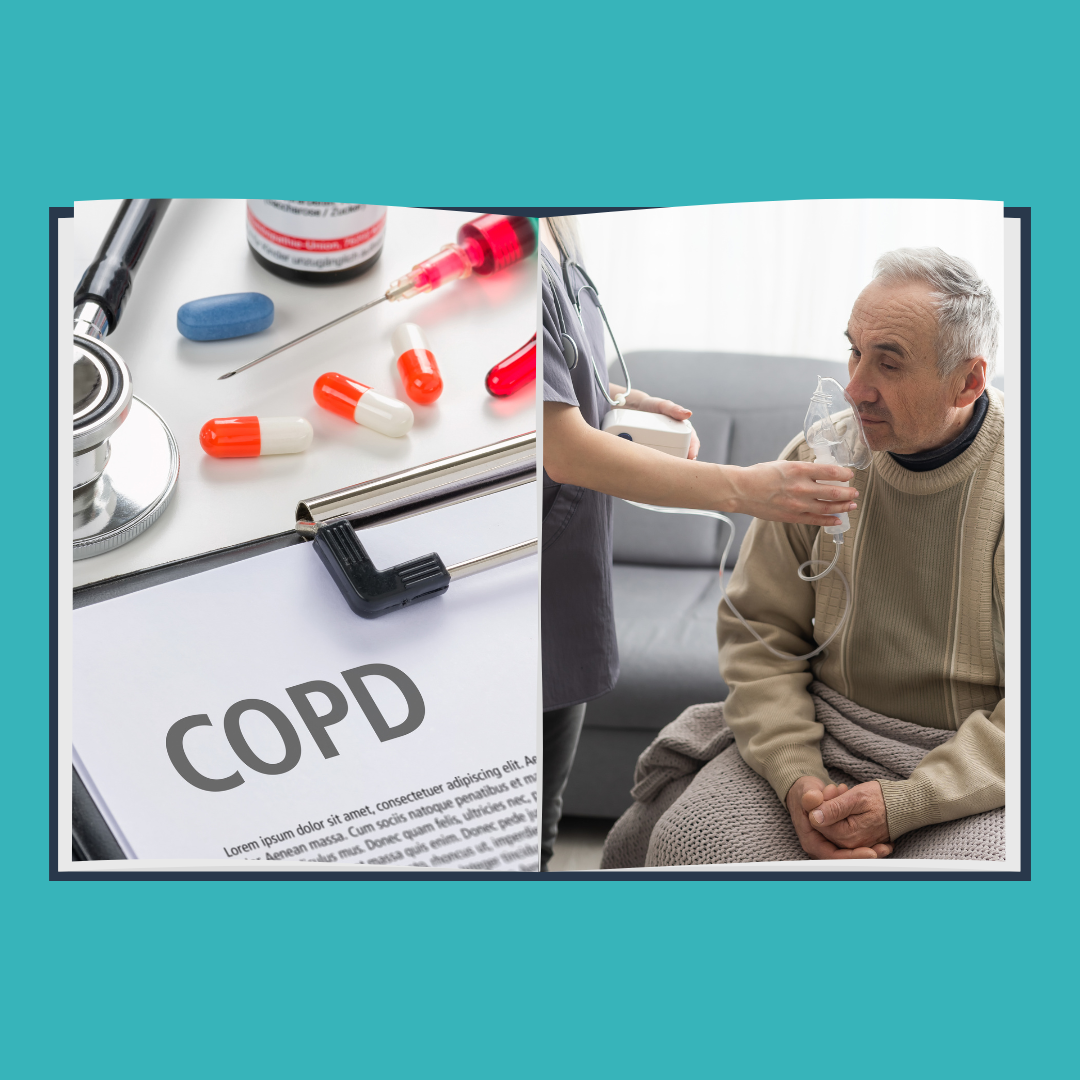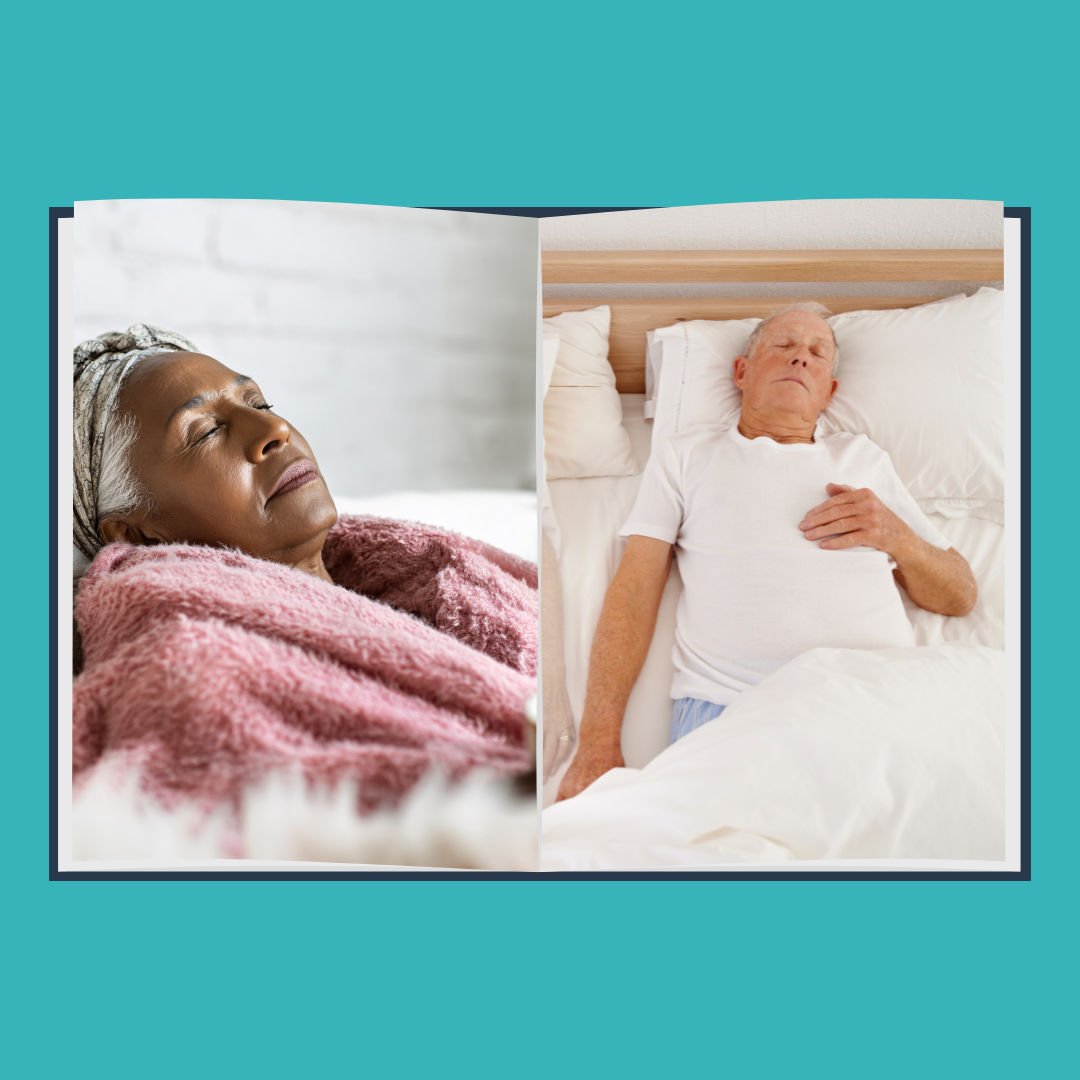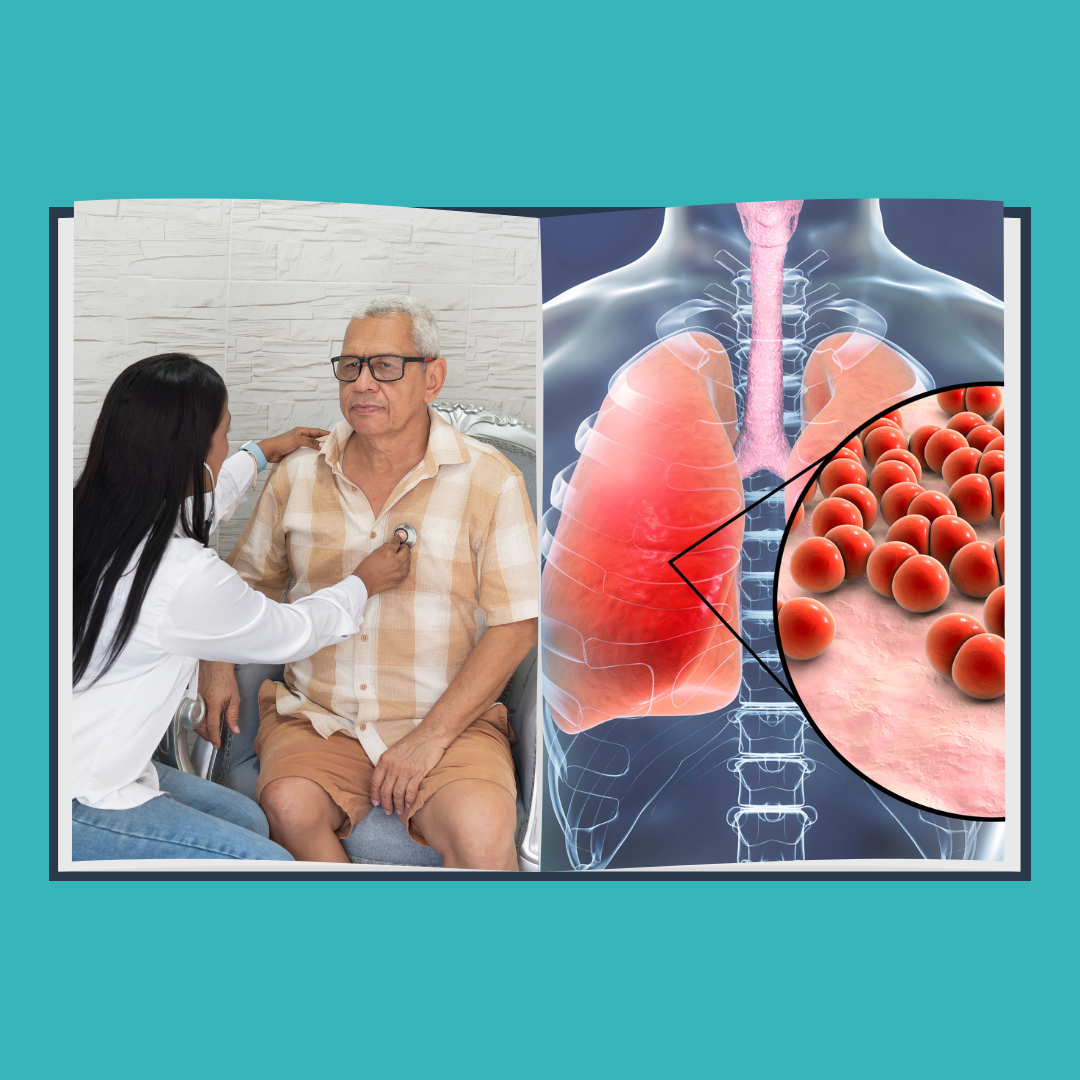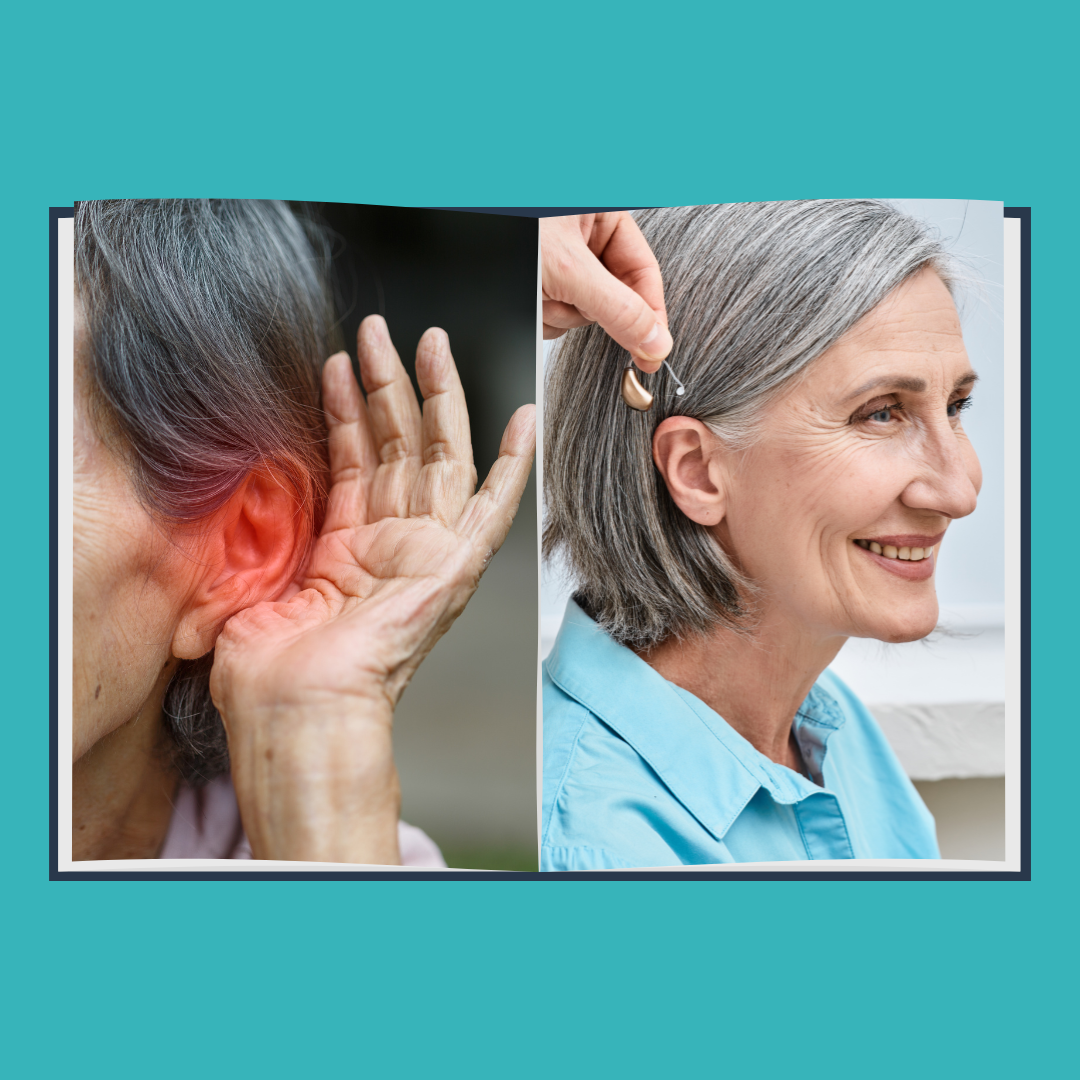New Paragraph
October 27, 2025
Seasonal Affective Disorder (SAD) in Seniors: How In-Home Care Helps Beat the Fall and Winter Blues
As the days grow shorter and colder, many people experience changes in mood and energy levels. For seniors, these seasonal shifts can be particularly difficult, often leading to Seasonal Affective Disorder (SAD). SAD is a type of depression that follows a seasonal pattern, typically occurring during fall and winter months. With the right strategies and supportive in-home care, seniors can manage symptoms and continue to live fulfilling, joyful lives.
Understanding Seasonal Affective Disorder (SAD)
SAD is more than just the “winter blues.” It is a recognized mental health condition linked to reduced sunlight exposure, which can affect the body’s biological clock and serotonin levels.
Common symptoms include:
- Persistent sadness or low mood
- Fatigue and loss of energy
- Withdrawal from social activities
- Sleep disturbances (oversleeping or trouble sleeping)
- Changes in appetite, often craving carbohydrates
- Difficulty concentrating
Why Seniors Are at Higher Risk
- Limited mobility may reduce outdoor activity and sunlight exposure
- Chronic health conditions can worsen feelings of fatigue
- Social isolation is more common during colder months
- Sensitivity to changes in daily routines and environments
Strategies to Help Seniors Cope with SAD
- Maximize natural light: Open curtains, sit near windows, and spend time outdoors when possible.
- Light therapy lamps: These simulate natural sunlight and may help improve mood and energy.
- Stay active: Gentle exercise indoors or outdoors can boost serotonin levels.
- Maintain a routine: Regular sleep and meal schedules help regulate mood.
- Encourage social interaction: Phone calls, video chats, or small gatherings can ease loneliness.
How In-Home Care Can Help
- Caregivers play a vital role in supporting seniors with SAD by:
- Encouraging engagement in activities that bring joy
- Promoting healthy nutrition to stabilize energy and mood
- Providing companionship to reduce isolation
- Monitoring symptoms and encouraging professional help when necessary
- Supporting daily routines, from sleep hygiene to meal planning
Seasonal Affective Disorder can deeply impact seniors’ quality of life, but with awareness, lifestyle adjustments, and compassionate in-home care, its effects can be managed. By addressing both emotional and physical needs, seniors can enjoy comfort and connection—even during the darkest months of the year.
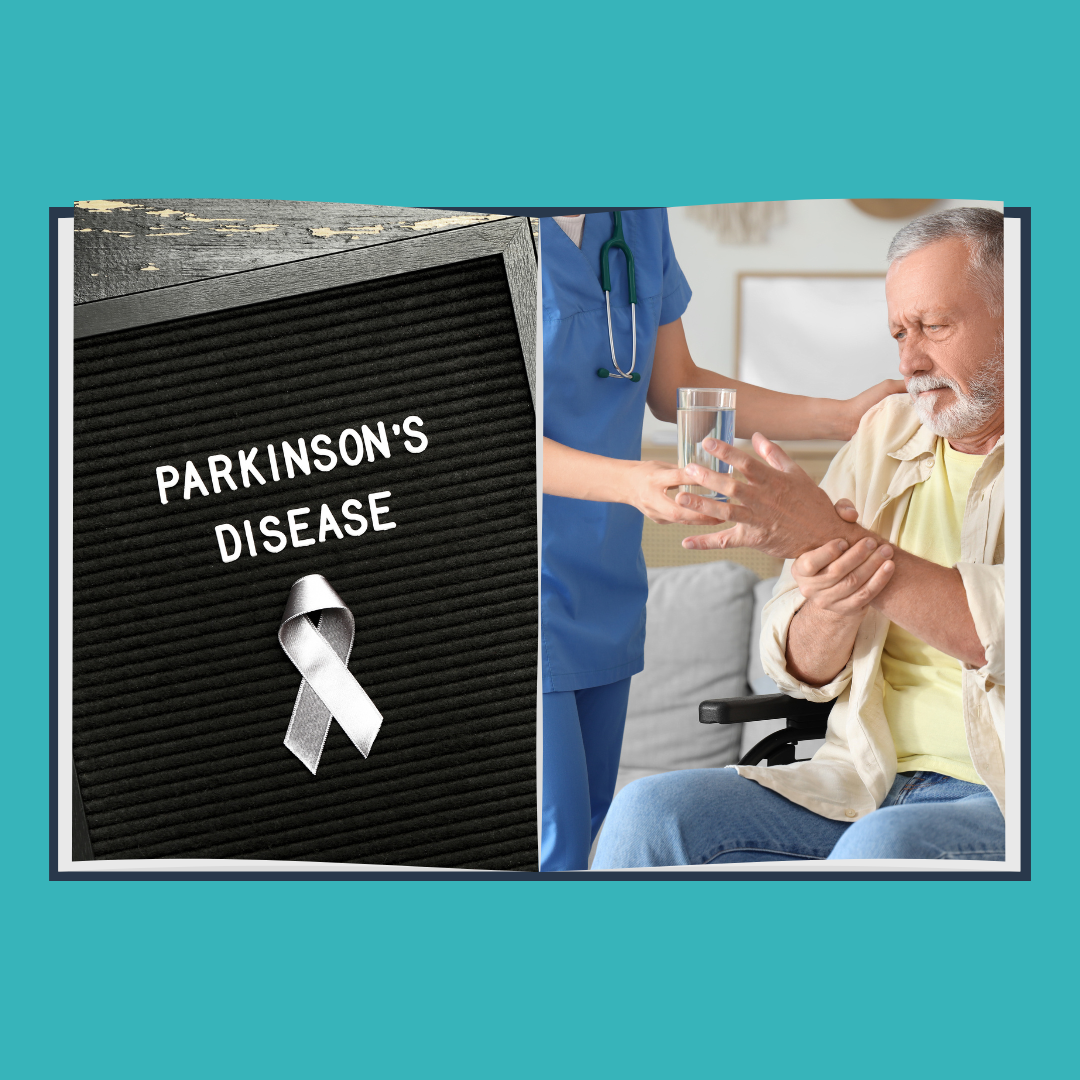
Parkinson’s Disease in Seniors: How In-Home Care Enhances Mobility, Safety, and Emotional Well-Being
Explore how Parkinson’s disease impacts seniors and how in-home care improves mobility, safety, emotional well-being, and daily independence. A must-read guide for families supporting aging loved ones with Parkinson’s.
